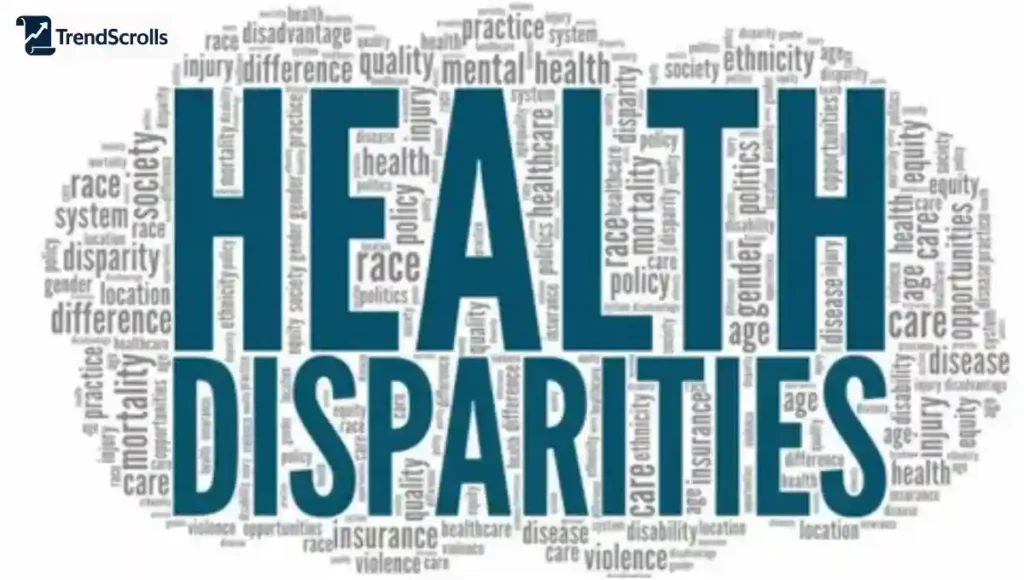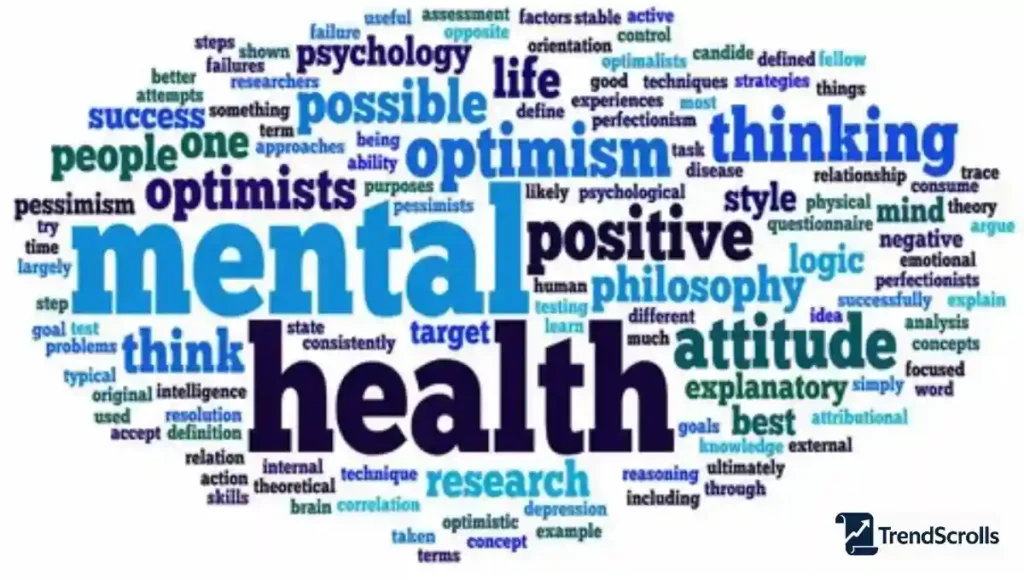In today’s fast-moving world, taking care of your mind is just as important as taking care of your body. Mental Health in America 2025 has become a top issue as more people face stress, anxiety, and loneliness. From young adults to older Americans, everyone is feeling the pressure. That’s why understanding Mental Health in America 2025 is so important. It’s about knowing the facts, finding support, and making mental wellness a daily goal for all.
Mental Health America’s Top Priorities for 2025
Mental Health America (MHA) is leading big changes in 2025. Their goals include better access to care, more funding, and stronger community support. They also want to expand mental health education and make help easier to find.
They focus on policy, research, and outreach. Their 2025 efforts include growing the number of Certified Community Behavioral Health Clinics (CCBHCs) and expanding mental health training for schools and workplaces.
Promoting the Power of Lived Experience in Recovery

Real stories help people feel less alone. Sharing lived experiences with mental illness helps others start their healing. Individuals who have faced challenges often become peer counselors or advocates.
Their voices make a difference. They help shape better public mental health policy and break down fear. Lived experience brings hope to recovery journeys.
Prevention and Early Intervention: A New Mental Health Strategy
Early intervention saves lives. In 2025, many schools began conducting mental health checks. Catching problems early reduces long-term issues.
Programs now include digital tools and community outreach. These tools help identify risks and promote self-care practices before crises happen.
Expanding Access to Mental Health and Substance Use Services
Millions still lack help. Over 30 million Americans can’t get full mental health care. That is why expanding access to care is urgent.
Solutions include more providers, better insurance, and mobile clinics. Expanding crisis services and online care platforms is a big step forward.
Addressing Equity Gaps and Reducing Mental Health Disparities

Not everyone gets equal care. People of color, LGBTQ+ folks, and low-income families face more barriers. Fixing this is a national goal.
Efforts focus on cultural understanding and fair funding. More inclusive mental health resources and better support for underserved communities are key.
Mental Health Awareness Month 2025: Why It’s Important
What is Mental Health Awareness Month? It started in 1949 and happens every May.
Why support mental health awareness? Because education helps us grow. This month is a time to talk, listen, and get involved in Mental Health Awareness Month with your community.
How You Can Support Mental Health Awareness Locally
You can help. Even small actions matter. Start by sharing facts and checking in on friends.
You can also join local events or trainings. Supporting mental health in your community creates change.
Facts That Show the Real State of Mental Health in the USA
Here are some mental health awareness facts from 2025:
| Statistic | Fact |
| 1 in 5 | Adults in the U.S. experience mental illness each year |
| 1 in 6 | Youth have a mental health condition, but only half get help |
| 50% | Of all lifetime mental illnesses begins before age 14 |
| 30M+ | Americans lack full access to mental care |
These mental health statistics show the size of the problem.
Mental Health Forecast: What Experts Predict for 2025
Experts believe tech will shape care. Apps and telehealth will become normal. People want care at home.
Also, laws will change. Federal mental health policy changes will impact schools, clinics, and insurance rules. More mental health resources will go online.
How Brands Are Putting Mental Health First
In 2025, brands will focus on employee care. They offer therapy, rest time, and self-care practices.
Many run campaigns to raise mental health awareness online and normalize mental health talks.
Radical Stability: The Mental Wellness Trend Everyone Needs
“Radical stability” means building calm in daily life. It includes sleep, routines, and boundaries.
People find peace by stepping back from chaos. This helps build strong mental wellbeing and prevents burnout.
Mindful Technology: A Shift Away from Overtracking
People are tired of constant tracking. This helps reduce anxiety and supports behavioral health. Balance is now the goal.
‘Sleepmaxxing’: Why Better Sleep Equals Better Mental Health
“Sleepmaxxing” means making sleep a top goal. Sleep heals the brain.
Better sleep improves focus and mood. Many use trackers to build sleep routines and protect mental wellbeing.
Why “Fur Babies” Are Boosting Our Emotional Health
Pets offer real comfort. They lower stress and bring joy.
Therapy animals and pets support healing. They offer daily community support and boost emotional strength.
The Role of Social Connection in Mental Wellness
Friendship helps you stay strong. Being lonely harms your brain and heart.
Good social media mental campaigns and local meetups support mental wellness. They build bonds that last.
Brainrot Content and Its Impact on Youth Mental Health
Young people face endless content. Too much social scrolling harms focus and peace.
This is a rising concern for youth mental health. Limiting screen time helps balance.
Redefining Beauty Standards for Better Self-Esteem
Old beauty ideas are fading. People want real, diverse images now.
This helps grow self-care practices and self-love. Better images mean healthier minds.
How to Stay Informed with Trusted Mental Health Resources
To stay informed about mental health news, use good sources. Try government pages, podcasts, and news alerts.
Join a mental health newsletter subscription or attend webinars to learn more each month.
Real Voices: What Mental Health Looks Like for Young Adults
Quotes from young adults show us real struggles. One said, “My anxiety felt like a wall, but therapy gave me a door.”
Another shared, “Talking to someone saved my life. I now want to be a Mental Health First Aid (MHFA) coach.”
Conclusion
In 2025, mental health in America is a top priority. From policy to pets, every part matters. To create change, we must speak up, help others, and take care of ourselves.
Join a webinar, share your story, or try a mental health checklist download today. You’re not alone. Healing starts now.
Faqs
1. Why is Mental Health in America 2025 getting so much attention?
Because mental illness, stress, and anxiety are rising fast, and people need real solutions now.
2. What are the biggest goals of Mental Health America this year?
To expand access to care, boost mental health education, and increase funding across all states.
3. How do lived experiences help mental health recovery?
Sharing real stories offers hope, reduces stigma, and encourages others to seek help.
4. What does early intervention in mental health mean?
It means spotting mental health issues early—especially in schools—before they turn serious.
5. Why are 30 million Americans still without proper mental care?
Because of cost barriers, lack of providers, and unequal access in underserved areas.
6. How is technology improving mental health care in 2025?
Through telehealth, mobile therapy apps, and tools for tracking mood, sleep, and anxiety.
7. What is ‘radical stability’ and why does it matter?
It’s a trend where people build calmer routines to stay mentally balanced in chaotic times.
8. Why are pets called “emotional boosters” in mental health?
They lower stress, reduce loneliness, and create strong emotional support at home.
9. What is Brainrot content, and how is it hurting young people?
It’s fast, mindless content that overwhelms the brain and worsens youth mental health.
10. How can I stay updated on mental health news and tools?
Subscribe to a mental health newsletter, join webinars, and follow trusted health pages.



